The environment children grow up in plays a powerful role in shaping their development, wellbeing, and confidence. From lighting and layout to sensory stimulation and access to nature, the right physical environment nurtures curiosity, supports independence, and fosters emotional security. While every child is different, there are key environmental features that can positively influence how they learn, play, and grow. In this guide, we explore how thoughtfully designed spaces can help children thrive — and how our centres bring these principles to life.
Is Your Child’s Learning Environment Helping or Holding Them Back?
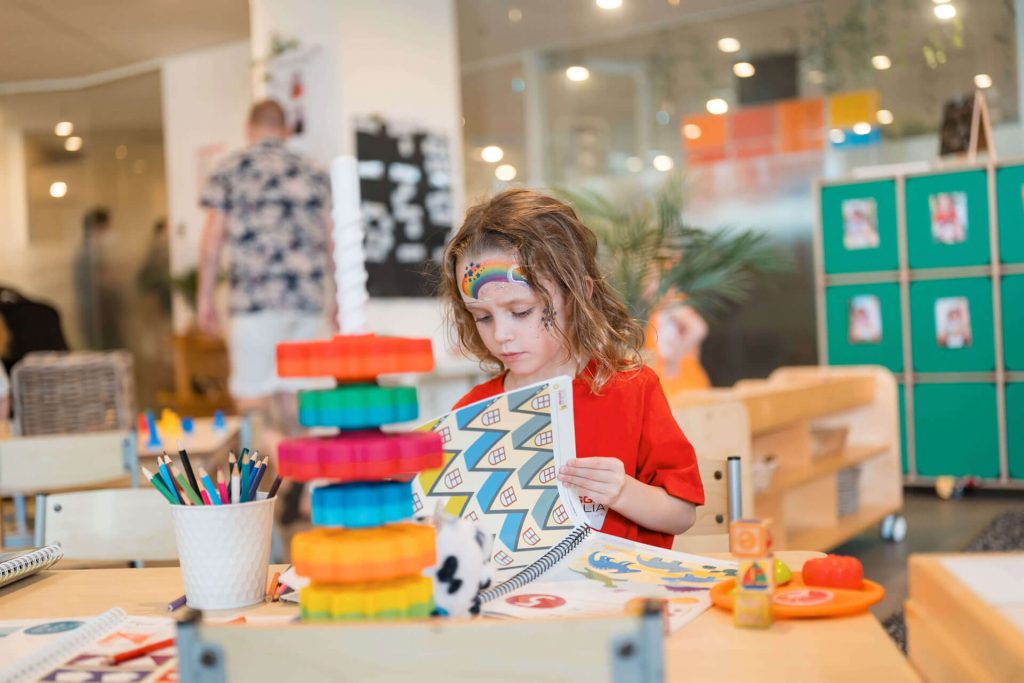
When you think about your child’s early learning experience, what comes to mind first?
The curriculum? The educators? The daily schedule?
All of those are important—but there’s something just as powerful that’s often overlooked: the environment itself.
The truth is, the environment around a child has a profound impact on how they learn, what they explore, and how safe and confident they feel.
Unfortunately, many early learning spaces today are overcrowded, cluttered, or uninspired. These environments can overwhelm or confuse children, stifling their natural curiosity rather than nurturing it.
So, what if the solution wasn’t just better toys or stricter routines, but rethinking the environment itself?
Let’s talk about why the environment matters—and how we can create spaces that truly nurture young minds.
Why the Environment Matters More Than You Think
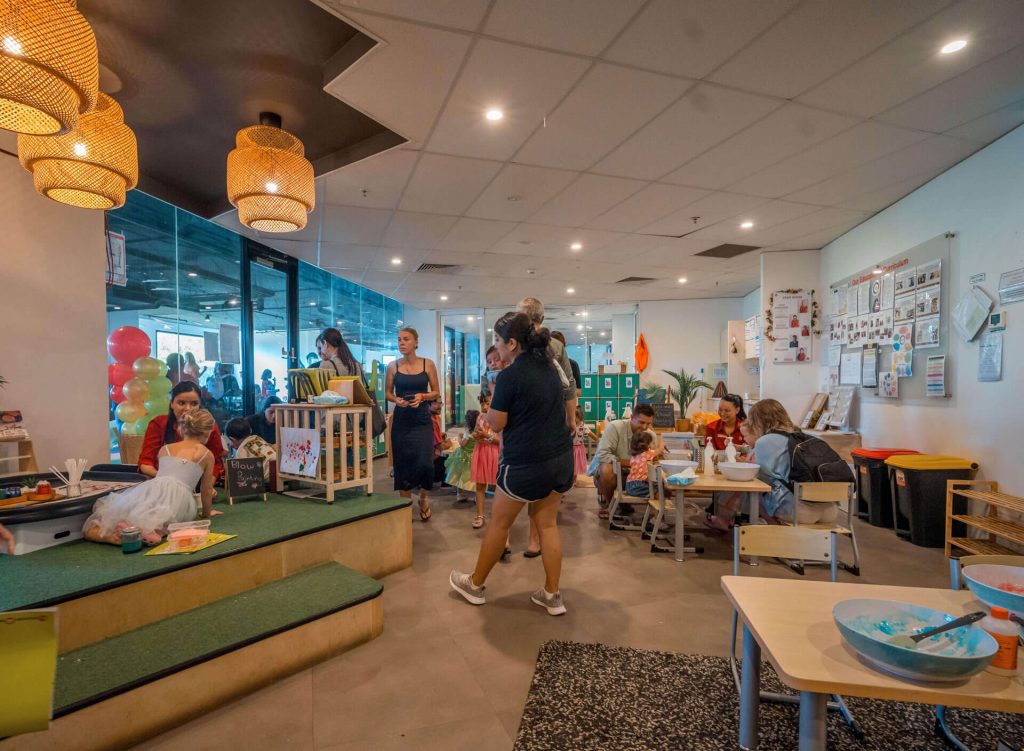
Children learn not just from what adults say, but from what surrounds them. Every detail influences their mood, engagement, and creativity:
- The colours on the walls
- The texture of the materials they touch
- The arrangement of furniture
- The presence of natural light
- The smell of fresh plants or the garden outside
When the environment is thoughtfully designed, it becomes a catalyst for joy, confidence, and deep learning.
Children don’t just sit and absorb information—they engage, create, collaborate, and explore.
More Than Just a Background: The Environment as a Third Teacher
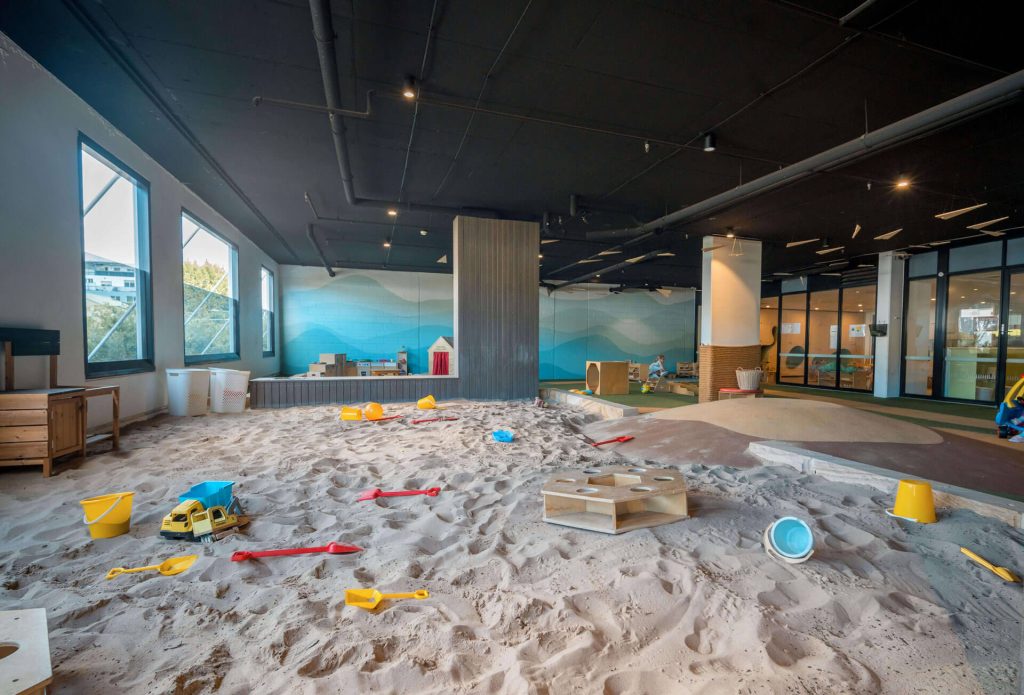
In Reggio Emilia-inspired philosophy, the environment is often called the “third teacher.”
- The first teacher is the child’s family.
- The second teacher is the educator.
- And the third teacher? That’s the space where learning happens.
This idea challenges us to stop seeing the classroom as a neutral zone and start seeing it as a powerful teaching tool.
Let’s break this down further.
Spaces Designed for Exploration and Independence
A thoughtfully designed environment invites children to explore and make choices independently.
This means:
- Furniture sized perfectly for little hands and feet
- Clearly defined areas for different activities (reading, art, play)
- Open shelves with accessible materials
- Cosy corners for quiet moments
When children can easily access what they need without constant adult help, their confidence soars—and so does their desire to learn.
Encouraging Collaboration and Social Learning
The physical layout also shapes how children interact. Round tables invite conversation, open floor spaces encourage group play, and shared materials spark collaboration.
This kind of environment:
- Builds communication skills
- Encourages respect and empathy
- Develops teamwork and problem-solving abilities
How We Bring This to Life at Reggio Emilia Early Learning Centre
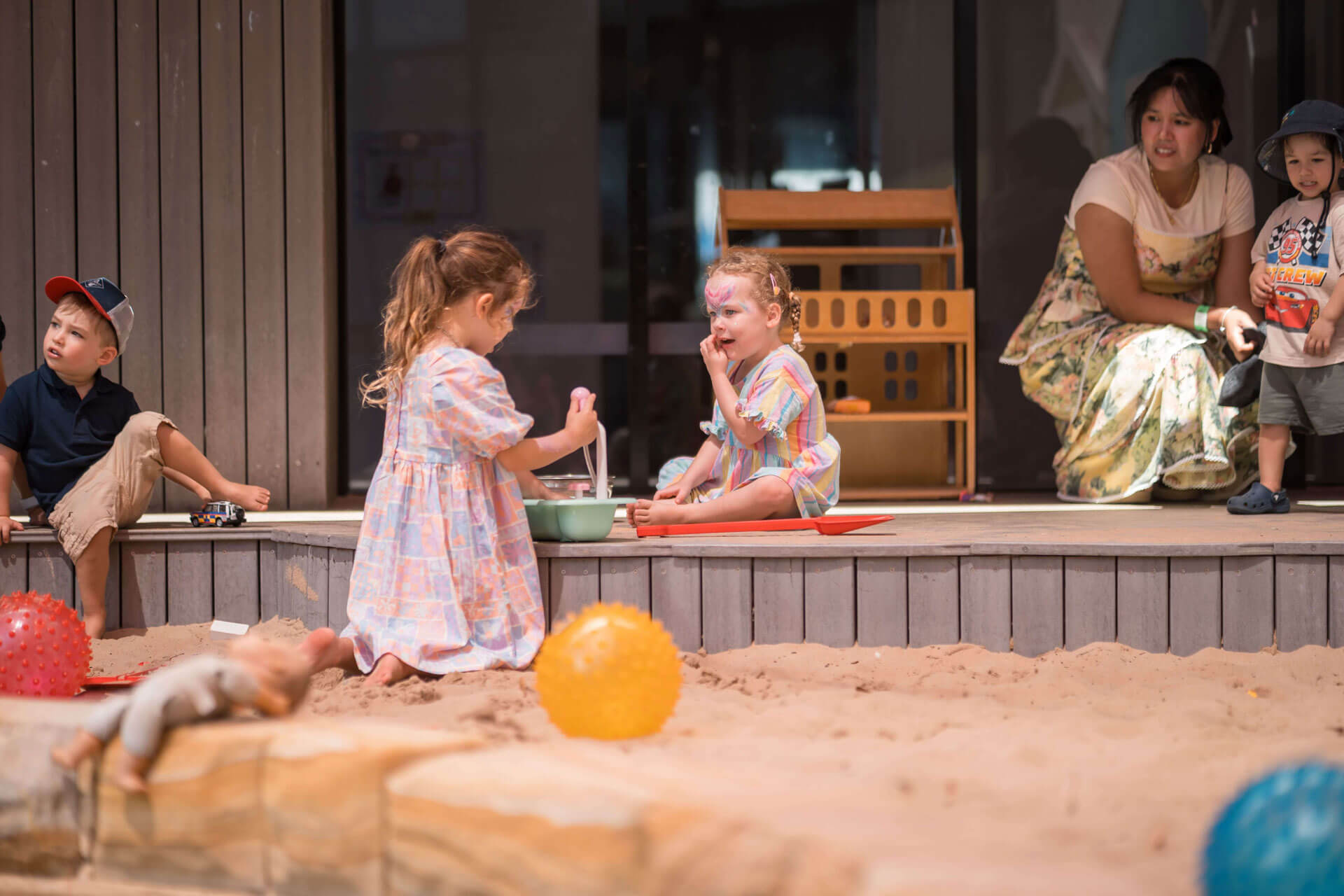
At Reggio Emilia Early Learning Centre, we put the environment at the heart of everything we do, creating spaces that respond to children’s voices and foster their growth.
At our centre, every corner, shelf, and window has been thoughtfully designed to support the power of the environment in early learning.
We:
- Use natural materials and soft, calming colours to create a nurturing atmosphere
- Arrange learning zones that encourage exploration and independence
- Provide plenty of natural light and outdoor connections
- Keep learning visible and ongoing
- Organise resources at children’s height, encouraging self-directed play
- Create flexible spaces that change based on the children’s projects and interests
- Ensure quiet spaces exist alongside social ones, balancing energy and calm
Why Your Child Deserves an Environment That Empowers
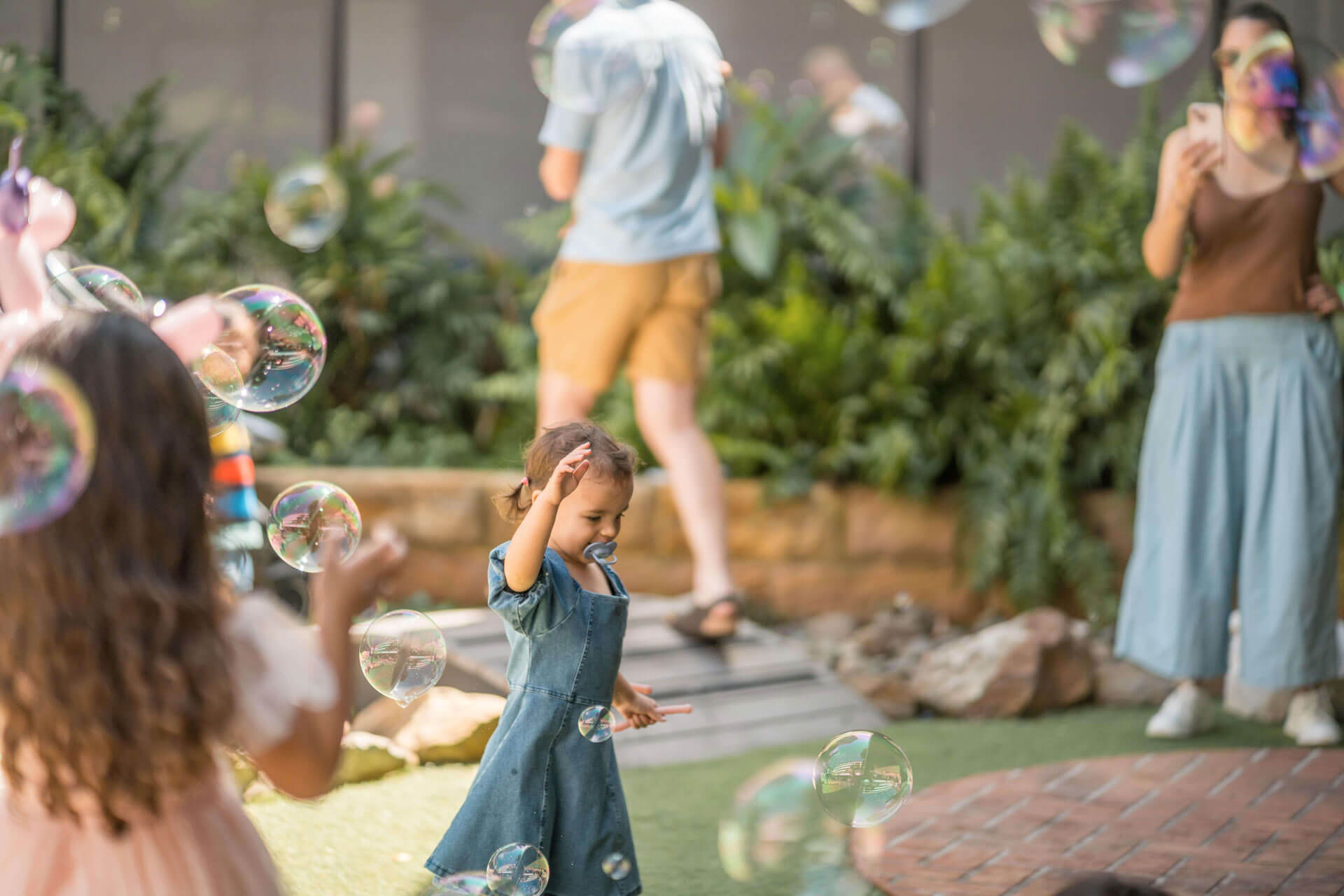
The environment your child learns shapes how they see themselves and the world.
When it’s thoughtfully designed, it:
- Encourages curiosity and lifelong love of learning
- Builds independence and self-confidence
- Supports emotional well-being and social skills
- Inspires creativity and problem-solving
On the flip side, a poorly designed environment can create barriers, making children feel overwhelmed, anxious, or disinterested.
See the Difference a Powerful Learning Environment Can Make
If you want your child’s early learning experience to be truly transformative, the environment matters.
Book a visit to our Reggio Emilia Early Learning Centre and experience a space that listens, nurtures, and inspires your child every day.
Don’t settle for ordinary—choose an environment that powers your child’s potential.

 Tour
Tour CCS
CCS  CALL
CALL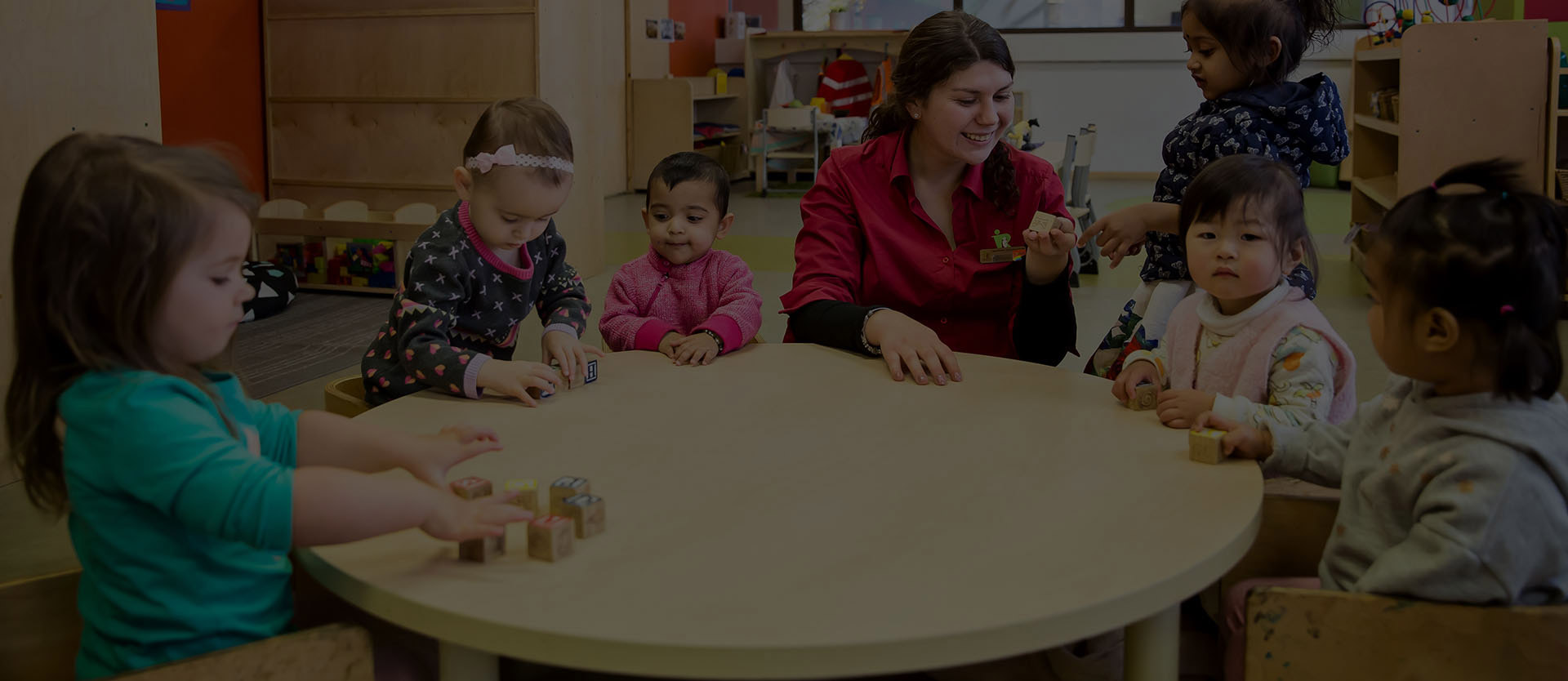
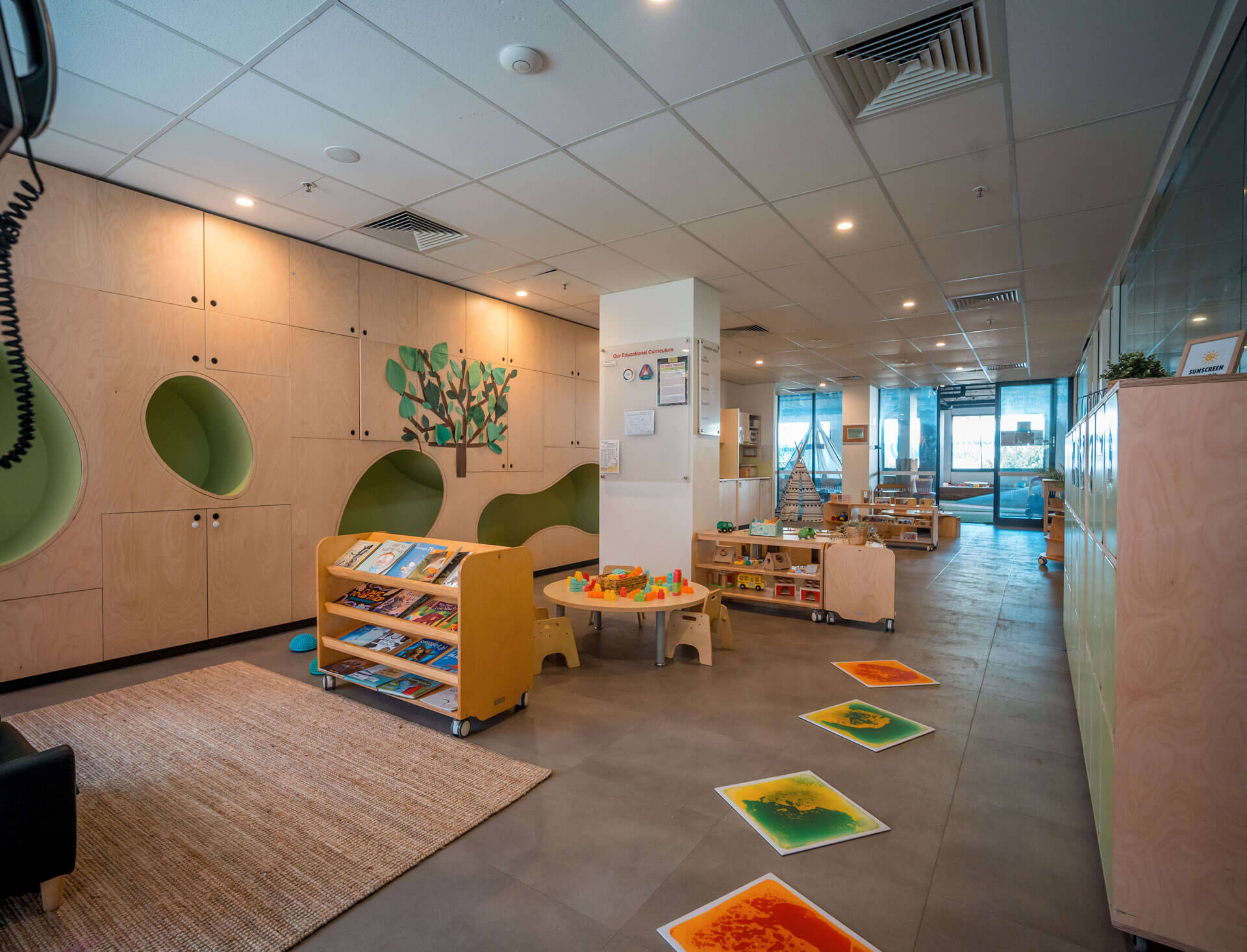




 mail@reggioemilia.com.au
mail@reggioemilia.com.au 